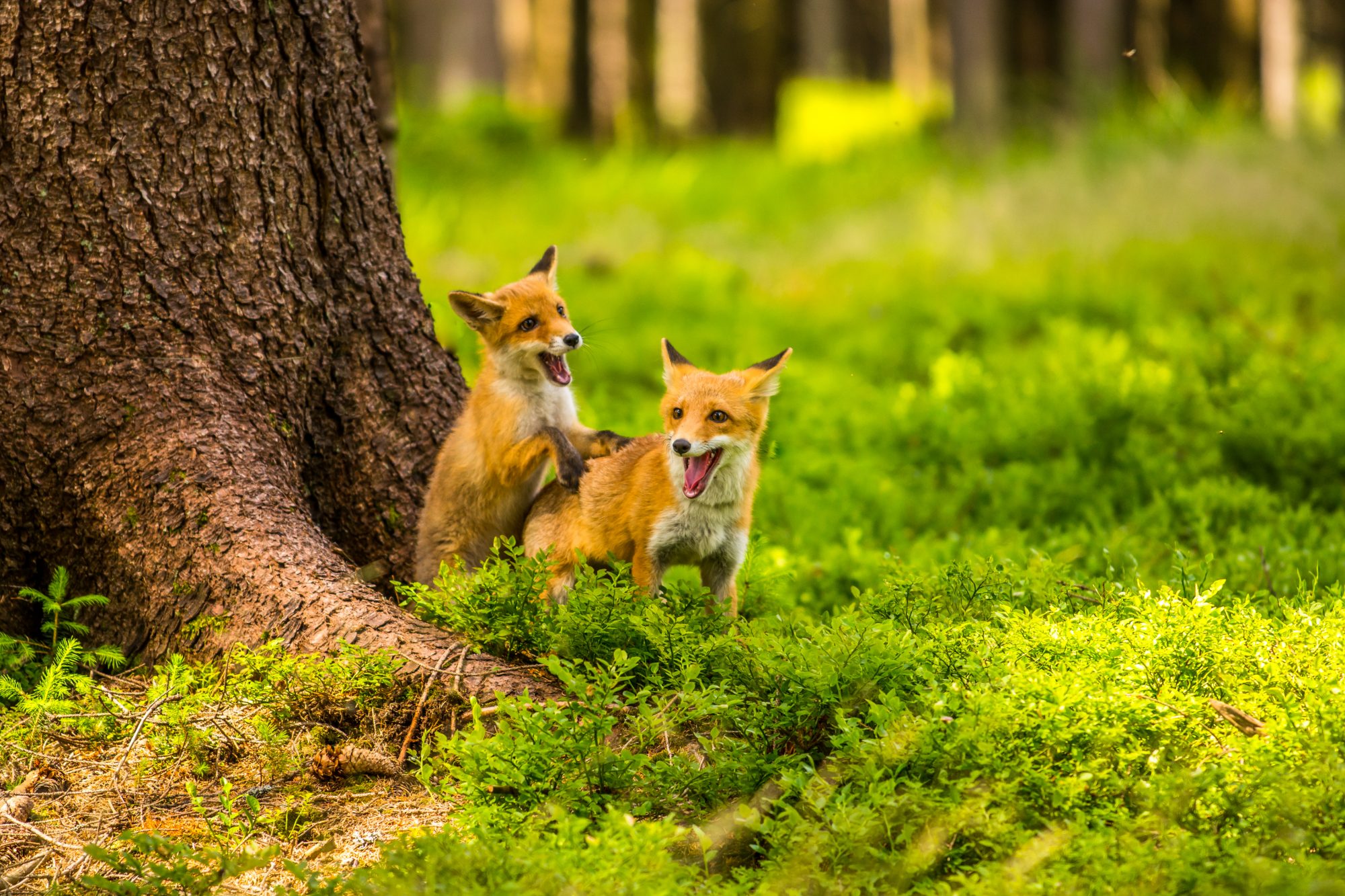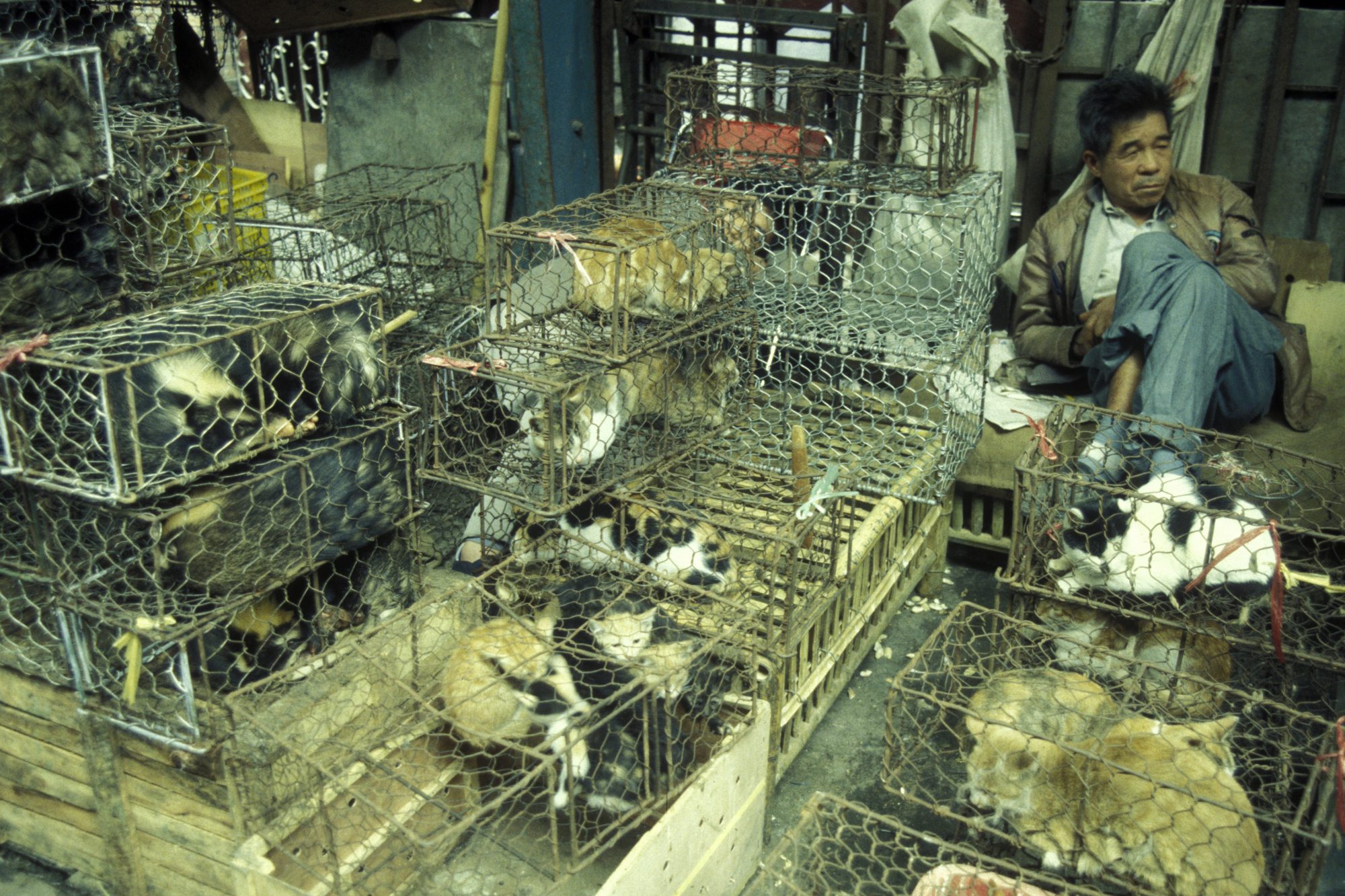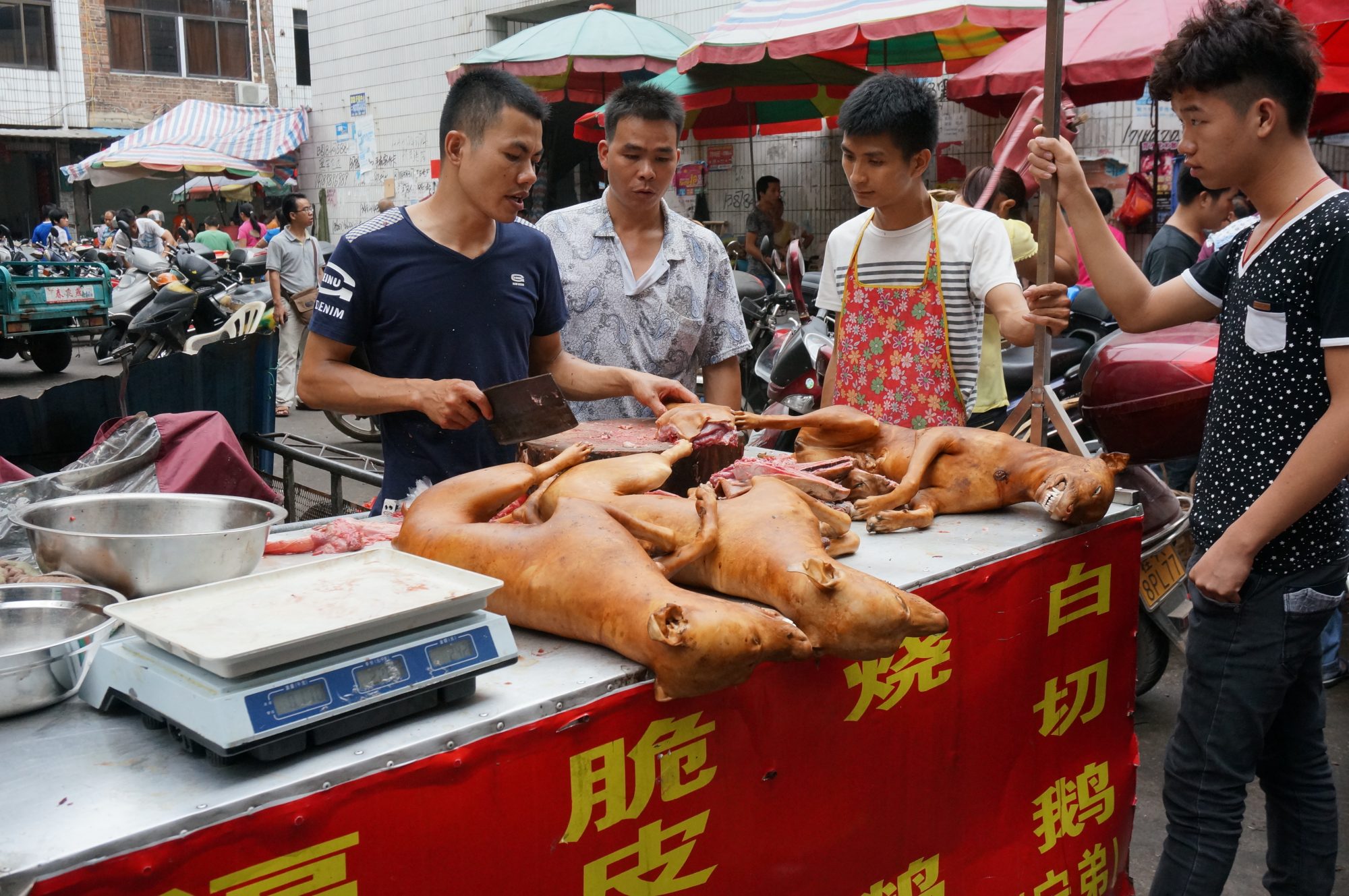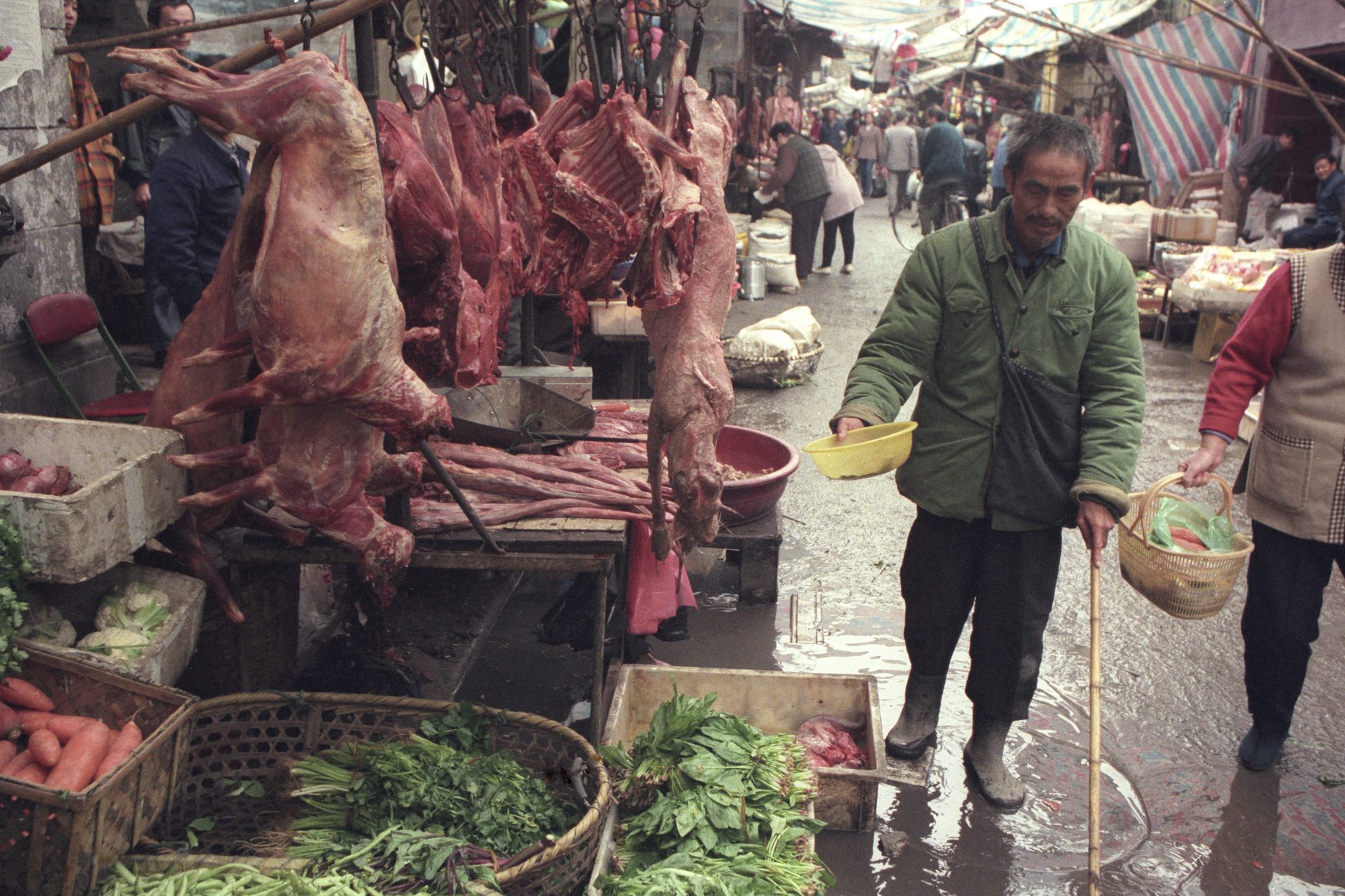3 years later, after COVID-19 has claimed 6.4 million lives, research indicates that COVID-19 originated at the Wuhan wet market
Over the past three years, there has been much speculation about how COVID-19 originated.
Some people believe that the virus emerged from the Wuhan Institute of Virology but a ground-breaking study can now finally confirm that COVID-19 originated in the Huanan market in Wuhan, China.
Analyses based on locations and viral sequencing of early COVID-19 cases pinpoint the origins of the pandemic to the sale of live animals at Wuhan wet market in China.
Genomic studies revealed that the SAS-Cov-2 virus jumped into humans not just once but on two separate occasions.

COVID-19 originated via the sale of live raccoon dogs, foxes and other mammals
The research has been led by University of Arizona virus evolution expert Michael Worobey.
Worobey, along with international teams of researchers, traced COVID-19 back to the market where foxes, raccoon dogs and other live mammals susceptible to the virus were sold live immediately before the pandemic began.
Peer review and additional analyses eliminate all other scenarios
These findings have since gone through peer review and include additional analyses and conclusions and virtually all other possible scenarios have been eliminated.
Two separate cases of transmission in November 2019
It is likely that the first spread to humans from animals occurred in two separate transmission events in the Huanan market in late November 2019.
One study scrutinised the locations of the first known COVID-19 cases and looked at swab samples taken from surfaces at various locations at the market.
The other focused on genomic sequences of SARS-CoV-2 from samples collected from COVID-19 patients during the first weeks of the pandemic in China.
The first paper, led by Worobey and Kristian Andersen at Scripps Research Institute in San Diego, California, examined the geographic pattern of COVID-19 cases in December 2019 – the first month of the outbreak.
The authors were able to determine the locations of almost all of the 174 COVID-19 cases identified by the World Health Organization that month, 155 of which were in Wuhan.
Wuhan wet market was the epicentre of the epidemic
All of these cases were clustered tightly around the Huanan market, whereas later cases were dispersed widely throughout the city of Wuhan – which has a population of 11 million people.
Interestingly, a significant percentage of early COVID patients had no known connection to the market – i.e. they did not work or shop there – but, it was discovered, they did live nearby.
This supports the idea that the market was the epicentre of the epidemic. Vendors were the first to get infected before passing COVID on to community members in the surrounding area.
“In a city covering more than 3,000 square miles, the area with the highest probability of containing the home of someone who had one of the earliest COVID-19 cases in the world was an area of a few city blocks, with the Huanan market smack dab inside it,” said Worobey.

‘Polar opposite’ geographical distribution
Another key finding supported this conclusion: when the authors looked at the geographical distribution of later COVID cases, from January and February 2020, they found a “polar opposite” pattern, Worobey explains.
While the cases from December 2019 mapped “like a bullseye” on the market, the later cases coincided with areas of the highest population density in Wuhan.
‘It really originated at that market and spread out from there’
“This tells us the virus was not circulating cryptically,” Worobey said. “It really originated at that market and spread out from there.”
Why did health authorities focus on cases around Wuhan wet market?
Worobey and his team wanted to look at the outbreak as comprehensively as possible, so in an important addition to their earlier findings, Worobey and his collaborators addressed the question of whether health authorities found cases around the market simply because that is where they looked.
Worobey states: “It is important to realise that all these cases were people who were identified because they were hospitalised.
“None were mild cases that might have been identified by knocking on doors of people who lived near the market and asking if they felt ill. In other words, these patients were recorded because they were in the hospital, not because of where they lived.”
Removing cases from analyses to eliminate bias
To rule out any lingering bias, Worobey decided to start removing cases from the analyses, and increasing distance from the market as he went. The team then ran the statistics again.
Even when two-thirds of cases were removed, the findings were the same
The result: Even when two-thirds of cases were removed, the findings were the same.
“Even in that scenario, with the majority of cases, removed, we found that the remaining ones lived closer to the market than what would be expected if there was no geographical correlation between these earliest COVID cases and the market,” notes Worobey.

Swab samples of cages tested positive for SARS-CoV-2
Swab samples were taken from market surfaces like floors and cages after Huanan market was closed. Samples that tested positive for SARS-CoV-2 were linked to stalls selling live wildlife.
Red foxes, hog badgers and raccoon dogs – mammals now known to be susceptible to SARS-CoV-2 – were sold live at the Huanan market in the weeks preceding the first recorded COVID-19 cases.
A detailed map of the market illustrated that SARS-CoV-2-positive samples reported by Chinese researchers in early 2020 were associated with the western portion of the market. This is where live or freshly butchered animals were sold in late 2019.
Andersen, co-senior author of both studies and a professor in the Department of Immunology and Microbiology at Scripps Research commented: “Upstream events are still obscure, but our analyses of available evidence clearly suggest that the pandemic arose from initial human infections from animals for sale at the Huanan Seafood Wholesale Market in late November 2019.”
Virus likely jumped from animals to humans more than once
The second study, an analysis of SARS-CoV-2 genomic data from early cases, was co-led by Jonathan Pekar and Joel Wertheim at the University of California, San Diego and Marc Suchard of the University of California Los Angeles, as well as Andersen and Worobey.
By combining epidemic modelling with analyses of the virus’s early evolution based on the earliest sampled genomes, researchers determined that COVID-19 originated from at least two separate infections of humans from animals at the Huanan market in November 2019 and perhaps in December 2019.
In this period, it is extremely likely that there were many other animal-to-human transmissions of the virus at the market that failed to manifest in recorded COVID-19 cases.
Using a technique known as molecular clock analysis, which relies on the natural pace with which genetic mutations occur over time, authors established a framework for the evolution of the SARS-CoV-2 virus lineages.
They found that a scenario of a singular introduction of the virus into humans rather than multiple introductions would be inconsistent with molecular clock data.
Earlier studies had suggested that one lineage of the virus, named A and closely related to viral relatives in bats, gave rise to a second lineage, named B.
However, according to new data, it is more likely that the two lineages jumped from animals into humans on separate occasions, both at the Huanan market.
“Otherwise, lineage A would have had to have been evolving in slow motion compared to the lineage B virus, which just doesn’t make biological sense,” Worobey concludes.
Wet markets will result in future pandemics
The two studies provide evidence that COVID-19 originated via the sale of live mammals at Wuhan wet market. The jump of COVID from animals to humans is likely following transmission to those animals from coronavirus-carrying bats in the wild or on farms in China.
Moving forward, the researchers say scientists and public officials must improve wildlife trade in China and promote more comprehensive testing of live animals sold in markets otherwise wet markets will breed future pandemics.












Covid came from a LAB in China. Not from a bat, dog, racoon etc..
It’s funny after embargo was put on China gotta pay now, no free ride..
We are struck with Covid, by people sent world wide infected with it from China. Wohopo ( misspell intended) has LABS there testing, making bio chemical things. So be stupid and believe this new crap and call yourself simple minded.
Sorry to burst your bubble, but that’s just not true. You should actually read the many articles now available from the international scientific community that definitively traced the origins of the virus to mammals sold for meet at the wet market, and from those animals to the farms they came from. Definitive scientific proof, not conspiracy theories. Thanks!
It’s funny that the article does not mention that the Wuhan Lab is In the same neighborhood as the wet market.
Who really know!?